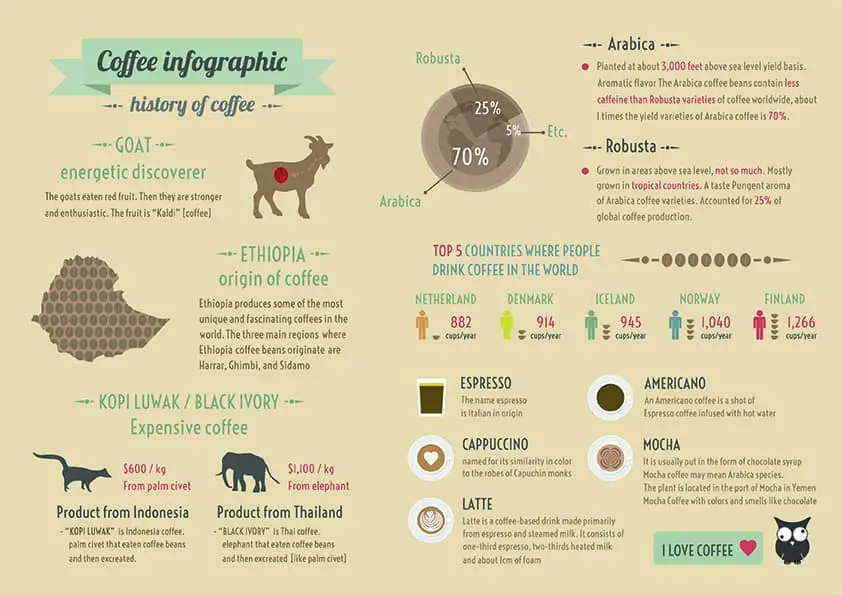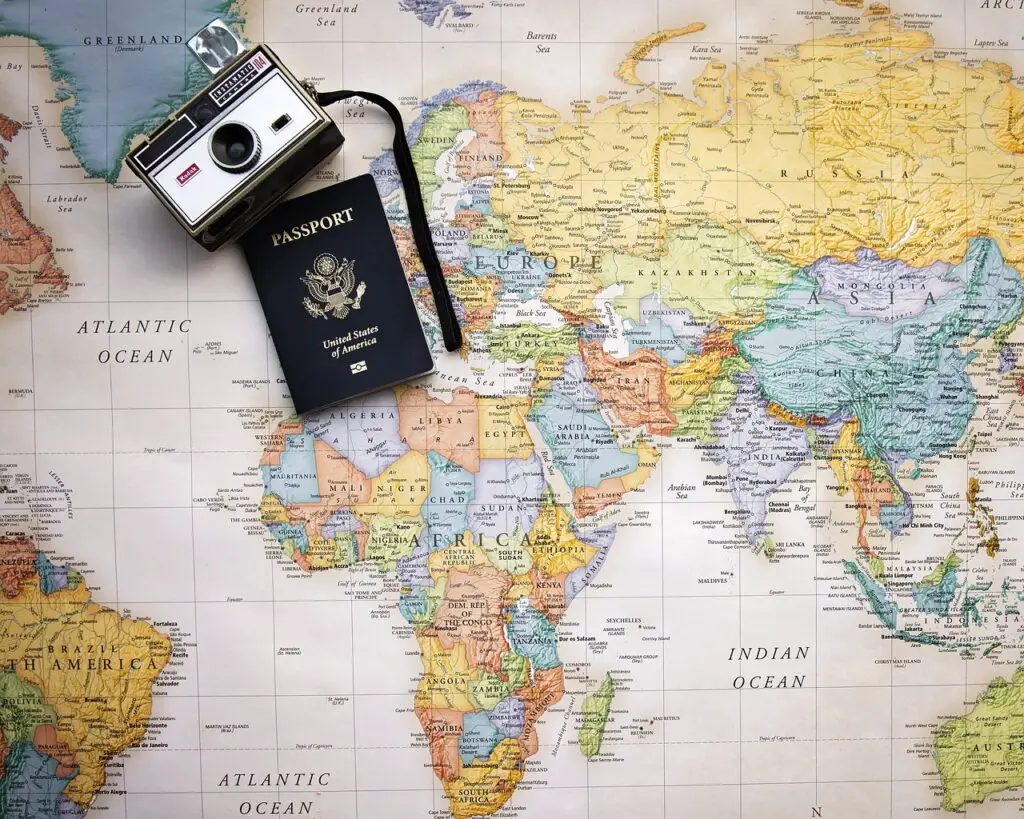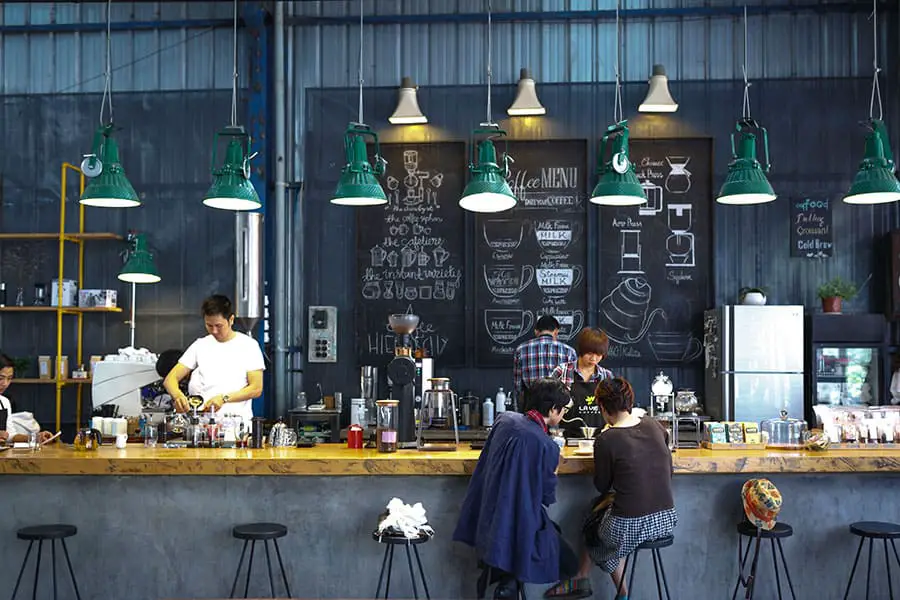
If you’re like me, you’ve often found yourself captivated not only by the rich, aromatic brew that starts your day but also by the fascinating story behind it. For many, coffee is more than just a morning ritual—it’s a passport to a world of history, culture, and innovation. In this post, I invite you to join me on an exploration of coffee’s storied past, tracing its journey from the ancient highlands of Ethiopia to the global phenomenon it is today.
My personal fascination with coffee began long before I ever learned about its origins. I remember my first sip of a perfectly brewed cup as if it were a ritual—a moment of awakening that went beyond the physical boost. It made me wonder:
How did this humble bean, born from nature’s bounty, come to weave itself into the fabric of societies around the world? This curiosity led me down a winding path through time, uncovering tales of legendary goat herders, daring adventurers, and ingenious innovators whose contributions transformed a simple fruit into “liquid gold.”
In our journey together, we’ll explore enchanting legends like that of Kaldi, the goat herder who first noticed the remarkable energy of coffee cherries, and dive into the historical twists and turns that saw coffee travel from the Middle East to the bustling streets of Europe, and eventually into every corner of our modern world.
Whether you’re a seasoned coffee pro or a curious newcomer, I promise there’s something in this exploration that will enrich your appreciation for every cup you enjoy. So, grab your favorite mug, settle in, and let’s embark on this caffeinated adventure!
The Mysterious Origins: Where It All Began
The Legend of Kaldi
I’ve often wondered how coffee became the magical elixir it is today. According to popular lore, it all started with a goat herder named Kaldi in 9th-century Ethiopia. Imagine this: Kaldi notices that his goats are unusually energetic after nibbling on bright red coffee cherries. Curious, he tries them himself and feels a burst of vitality!
Kaldi’s discovery didn’t stay a secret for long. He shared his find with local monks, who—after an initial misstep of tossing the beans into a fire—realized the delicious aroma was worth exploring further. The beans were then crushed, steeped in water, and the rest is history. Although the earliest mention of this tale dates back to 1671, its charm and mystery continue to captivate coffee lovers like us.
Tracing Coffee’s Roots
Modern research has linked the origins of the coffee plant to Ethiopia, and while we might never know every detail, it’s clear that Africa gave birth to a beverage that would change the world. There’s something incredibly poetic about the idea of humble beginnings leading to such global influence.
Coffee’s Great Adventure: Crossing Continents

From Ethiopia to the Arabian Peninsula
After its discovery, coffee’s journey really took off as it spread from Ethiopia to Yemen and the broader Muslim world. By the end of the 16th century, it had reached Persia, Turkey, and beyond. I was particularly intrigued by how the Arabs managed to keep a tight control over coffee production by roasting or baking the beans to stop them from germinating. It’s a clever trick that helped preserve the beverage’s mystique and exclusivity for a time.
A Bold Smuggling Story: Sufi Baba Budan
The narrative gets even more exciting with the story of Sufi Baba Budan, a legendary figure credited with smuggling the first green coffee beans out of Arabia. According to the tale, he secretly carried these precious beans—some say hidden in his beard—over to Mysore, India. This daring act not only spread coffee cultivation to India but also set the stage for its global journey. It’s fascinating to think how one courageous act contributed to the coffee culture we enjoy today.
The Evolution of the Name “Coffee”
Ever wondered why we call it “coffee”? The term has a globetrotting history of its own:
- Arabic: qahwah (originally used for a type of wine)
- Turkish: kahve
- Dutch: koffie
- English: coffee
This linguistic journey highlights how coffee has been adapted by various cultures, further emphasizing its universal appeal.
The Rise of Coffeehouses and Global Trade
Coffee in Europe: From Suspicion to Acceptance
Coffee’s arrival in Europe was nothing short of dramatic. Initially labeled a “Muslim drink,” it faced plenty of skepticism. But things took a turn when Pope Clement VII declared it a “Christian beverage,” and soon, coffeehouses began popping up all over the continent. I love imagining these early coffeehouses—dubbed “penny universities”—where people gathered to discuss politics, art, and new ideas over a simple cup of coffee.
Colonial Ventures and the Global Spread
The story of coffee isn’t complete without mentioning European colonization. The Dutch and later the British harnessed their colonial empires to grow coffee in places like southern India, Indonesia, and the Caribbean. A standout tale here is that of Gabriel de Clieu, a Frenchman who risked everything to transport a coffee plant cutting to the Caribbean. His daring journey laid the foundation for coffee production in South, Central America, and Mexico—a legacy that continues with Brazil’s reign as the world’s largest coffee producer.
Coffee’s Cultural Impact: More Than Just a Drink

The Coffeehouse Revolution
Coffeehouses have long been more than just spots to grab a caffeine fix. They’ve served as lively meeting places where people exchange ideas, debate the issues of the day, and even spark revolutions. In Europe and the Middle East, these establishments quickly became centers of intellectual and social life. I find it inspiring that the simple act of sharing a cup of coffee has had such a profound impact on history.
Modern Coffee Culture: A Global Ritual
Today, coffee is everywhere—from bustling urban cafés to quiet moments at home, and even aboard airplanes and space stations! It’s hard to imagine a world without it. Modern coffee culture is a blend of tradition and innovation, offering everything from artisanal brews to futuristic coffee gadgets. Whether you’re a die-hard espresso fan or a latte lover, the legacy of coffee is woven into the fabric of our daily lives.
Final Thoughts
Reflecting on coffee’s journey—from those legendary Ethiopian highlands to its current status as a global staple—I’m struck by how this beverage has shaped cultures, economies, and even entire societies. Coffee’s story is one of curiosity, adventure, and endless reinvention, much like the passionate community we share here at Craft Coffee Guru.
I hope you enjoyed this exploration as much as I did. Next time you savor your favorite brew, remember that you’re partaking in a tradition that spans centuries and continents.

